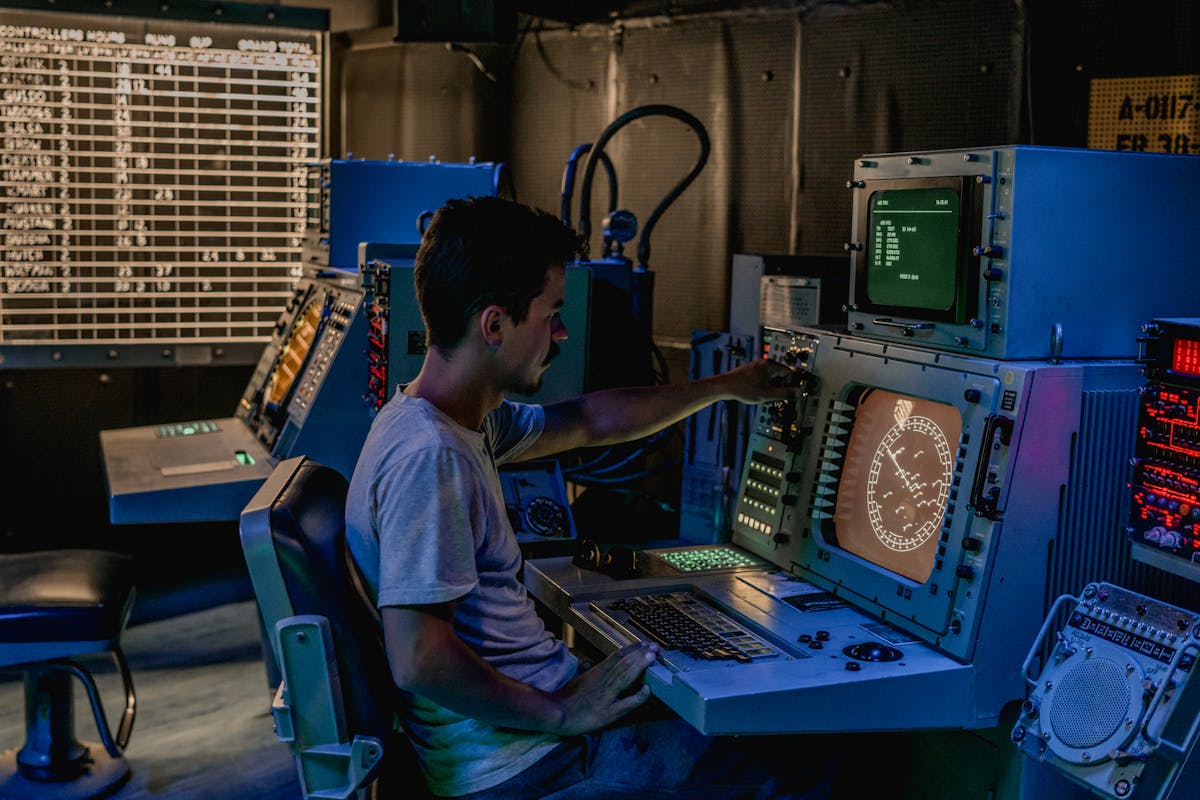Revolutionizing Industries: Latest Developments in AI
Artificial intelligence (AI) has seen tremendous growth and development in recent years, with breakthroughs in natural language processing, computer vision, and reinforcement learning. In this blog, we will discuss some of the latest AI developments that have the potential to revolutionize various industries.
- GPT-3 and the Future of Natural Language Processing –
One of the most exciting recent developments in natural language processing (NLP) is the release of the GPT-3 model by OpenAI. GPT-3 is a state-of-the-art language model with 175 billion parameters, making it the largest and most powerful language model ever created. It can generate human-like text, answer questions, translate languages, and perform a variety of other tasks with incredible accuracy.
GPT-3 has the potential to transform the way we interact with technology, particularly in areas such as customer service, chatbots, and virtual assistants. It can also be used to generate content, such as articles and product descriptions, with a high degree of accuracy and natural language fluency. - Computer Vision Breakthroughs –
Computer vision is another area of AI that has seen significant developments in recent years. One of the most exciting breakthroughs in computer vision is the creation of Generative Adversarial Networks (GANs), which can create synthetic images that are almost indistinguishable from real ones. This technology has the potential to revolutionize industries such as fashion, where it can be used to generate virtual clothing designs without the need for physical prototypes.
Another development in computer vision is the use of deep learning algorithms to improve the accuracy of facial recognition software. This technology is already being used by law enforcement agencies around the world to identify suspects, and it has the potential to revolutionize security and surveillance systems. - Reinforcement Learning and Robotics –
Reinforcement learning is an area of AI that involves training machines to make decisions based on rewards and punishments. It has many applications, including robotics, where it can be used to train machines to perform complex tasks such as object recognition and manipulation.
One recent development in reinforcement learning is the creation of OpenAI’s Dactyl system, which uses machine learning to teach a robotic hand to manipulate objects with a high degree of dexterity. This breakthrough has the potential to revolutionize industries such as manufacturing, where it can be used to automate tasks that are currently done by human workers. - Explainable AI –
Explainable AI (XAI) is a subfield of AI that focuses on making AI models and their decision-making processes more transparent and interpretable to humans. In many applications of AI, it is essential to understand how a model makes decisions, particularly in high-risk scenarios such as healthcare, finance, and self-driving cars.
XAI techniques aim to make AI more accessible and trustworthy by providing explanations of the underlying decision-making processes. This has the potential to help users understand and trust AI models, leading to greater adoption and acceptance of AI technology. - AI for Healthcare –
AI is revolutionizing the healthcare industry by providing innovative solutions to complex problems. For example, AI is being used to develop predictive models that can identify patients at high risk of developing a particular disease or condition. This can lead to earlier diagnosis and treatment, resulting in better outcomes for patients.
AI is also being used to analyze medical images, such as X-rays and MRIs, to identify abnormalities and diagnose diseases with greater accuracy. This can help reduce the workload of radiologists and improve the accuracy of diagnoses.
Additionally, AI-powered chatbots and virtual assistants are being used to provide personalized healthcare support to patients, such as reminders to take medications or follow-up appointments. - AI for Sustainability –
AI is also being used to address some of the most pressing sustainability challenges facing the planet, such as climate change, energy efficiency, and resource management.
For example, AI is being used to optimize energy systems, such as smart grids, to reduce energy waste and increase efficiency. AI is also being used to predict weather patterns, helping governments and businesses plan for extreme weather events such as hurricanes and floods.
Moreover, AI is being used to optimize waste management systems, such as recycling and composting, to reduce the amount of waste sent to landfills and incinerators. AI-powered sensors can detect the type and quantity of waste, allowing for more efficient and effective waste management strategies.
Conclusion
AI is a rapidly advancing field that has the potential to revolutionize various industries and address some of the most pressing challenges facing the world today. From natural language processing and computer vision to healthcare and sustainability, the possibilities for AI are endless. As AI technology continues to advance, it is crucial to ensure that it is developed and deployed ethically and responsibly, taking into account the potential social and environmental impacts. With careful consideration and collaboration, AI has the potential to create a better, more sustainable future for all.
PS: The cover image of this blog and some of the text content is also created using generative AI tools, how cool is that 🤯
Add Comment
You must be logged in to post a comment.








